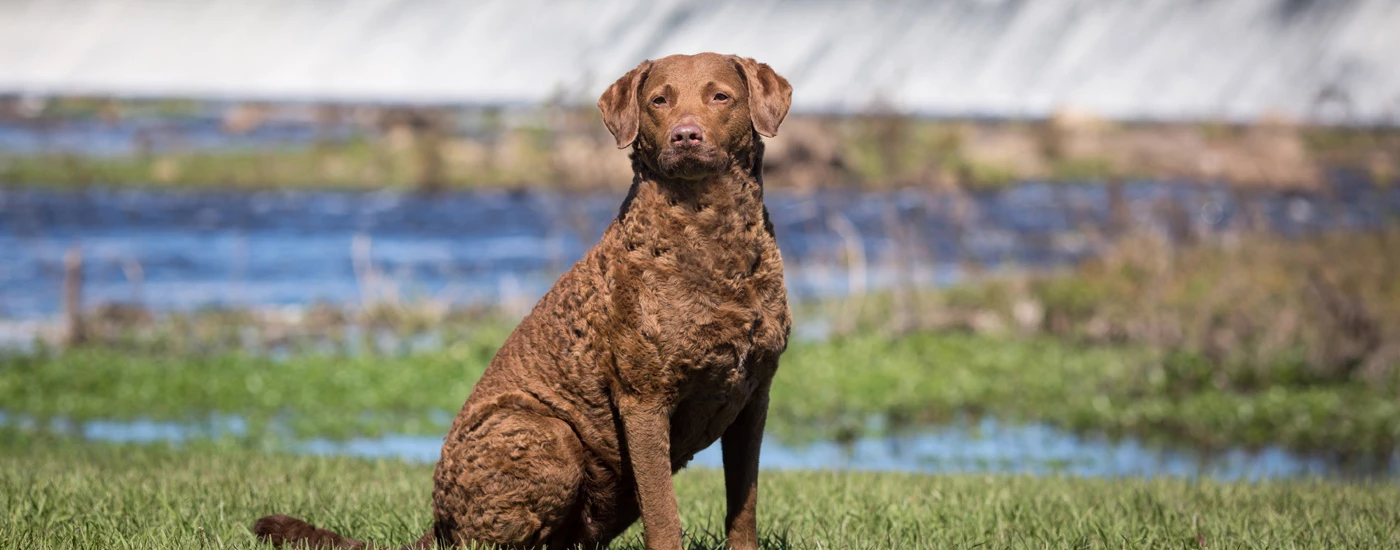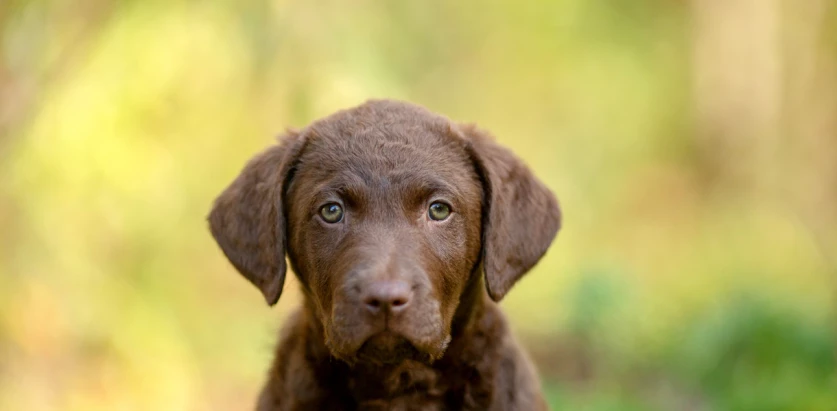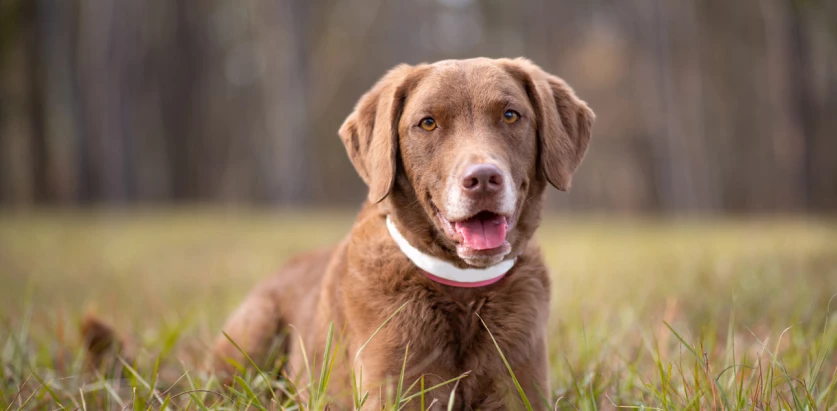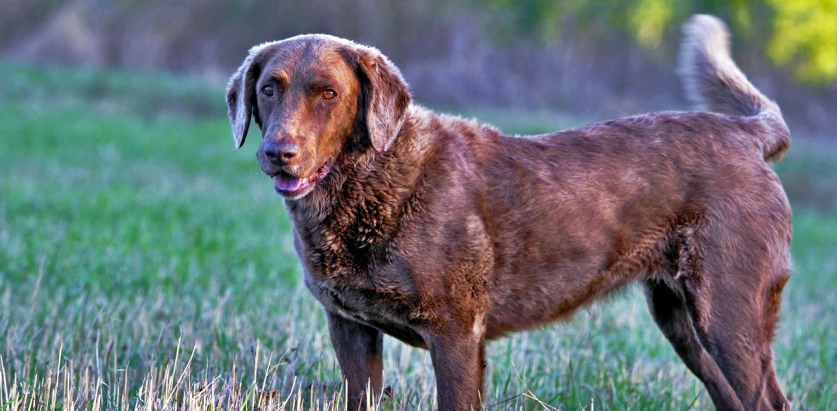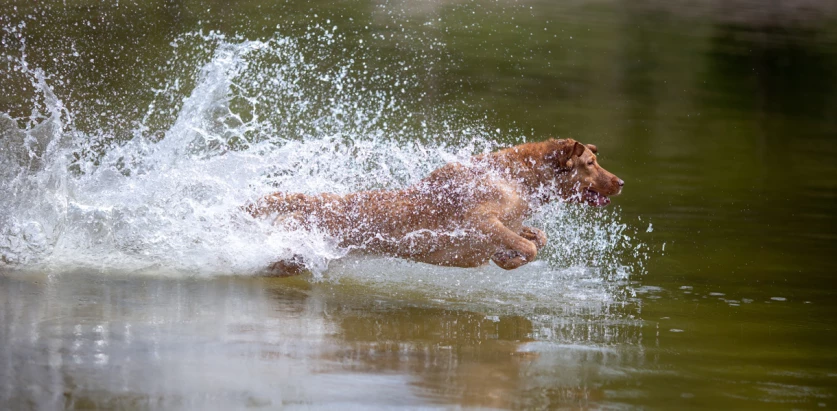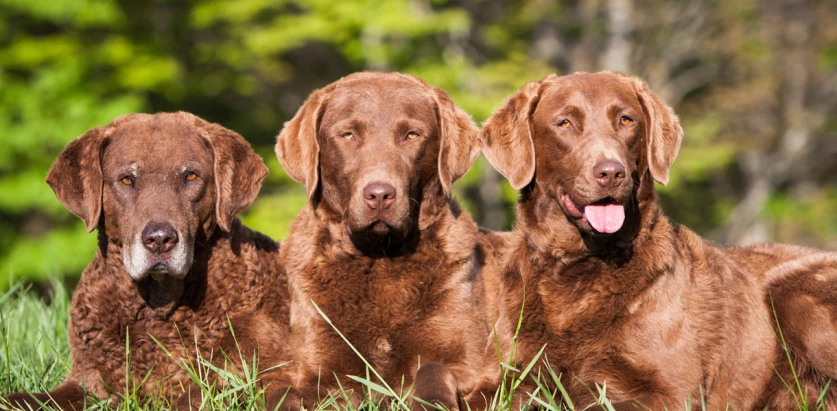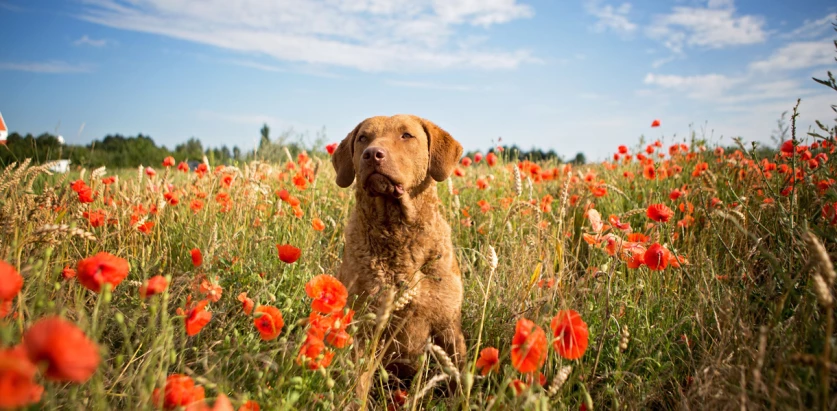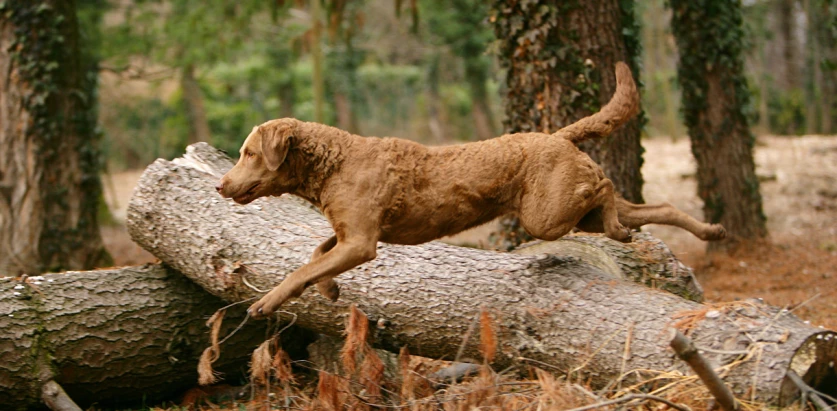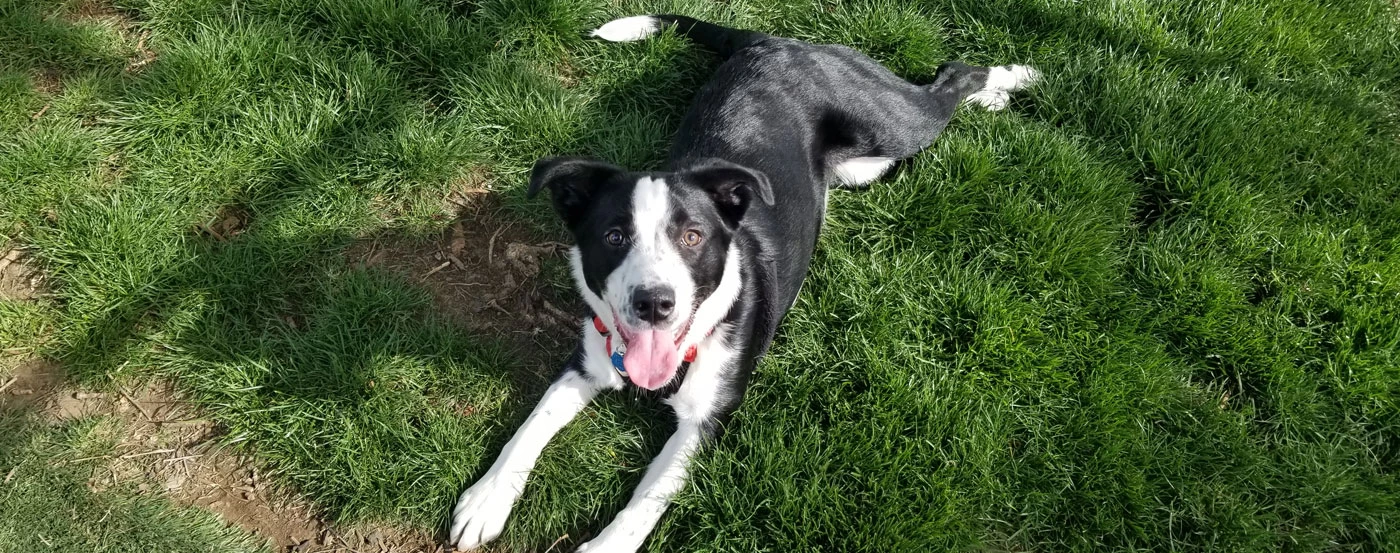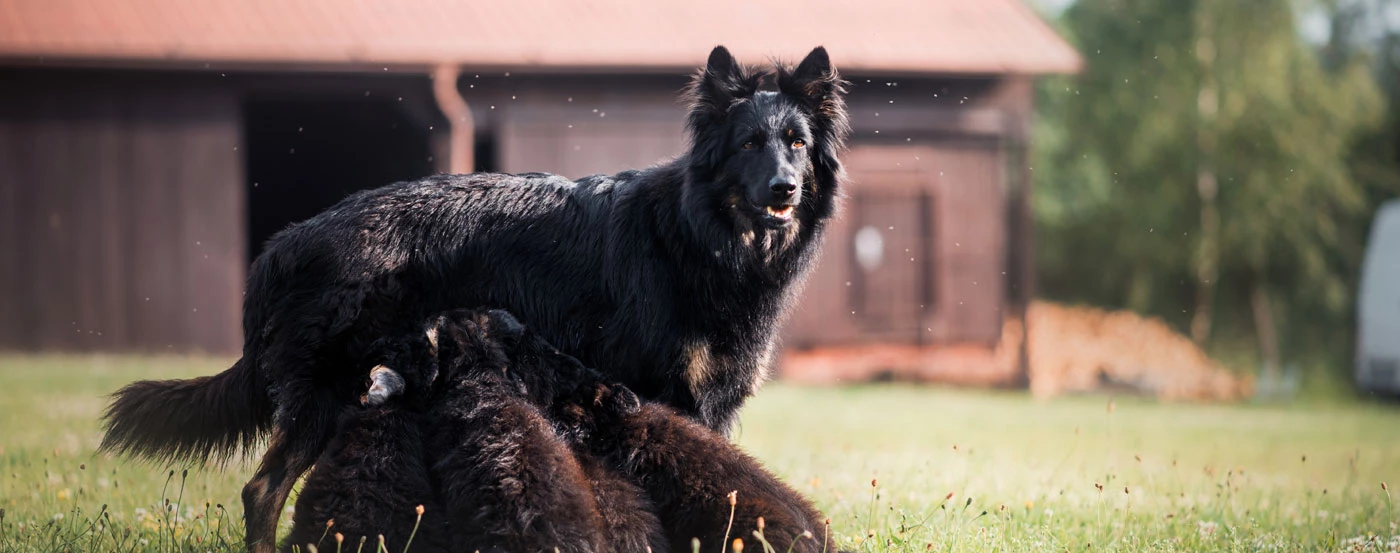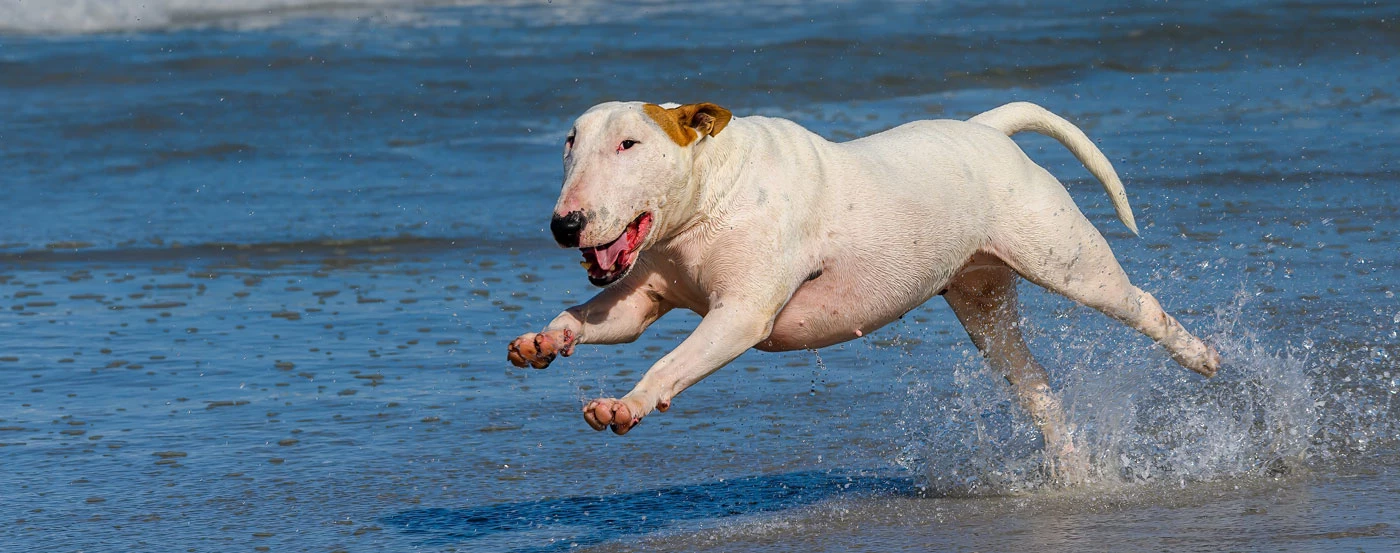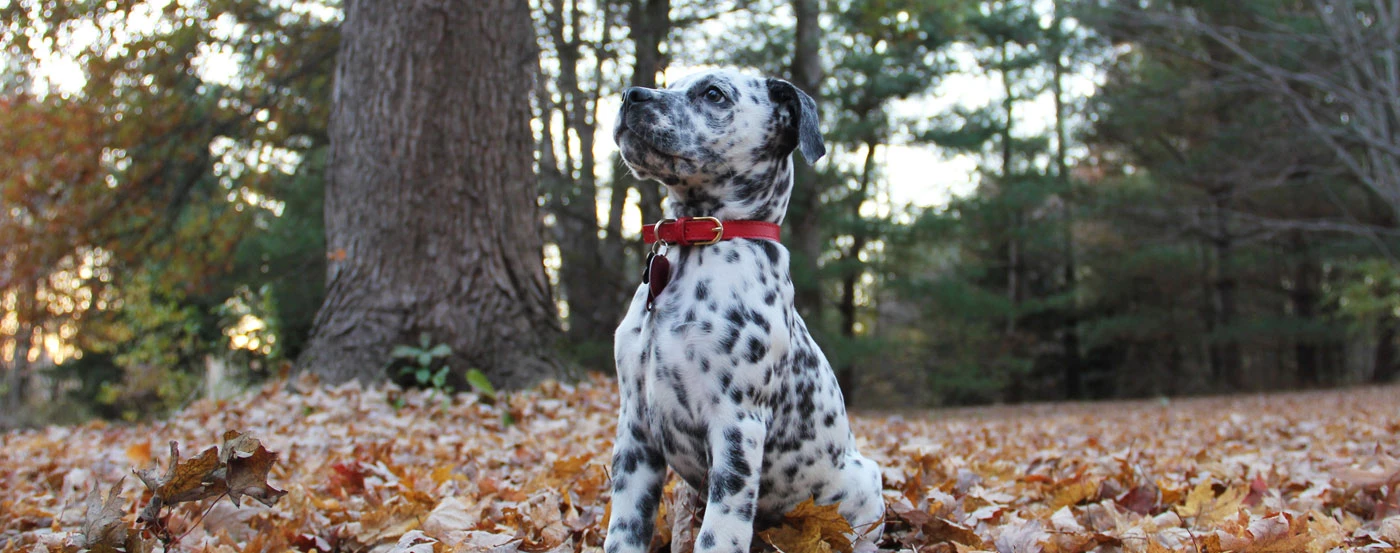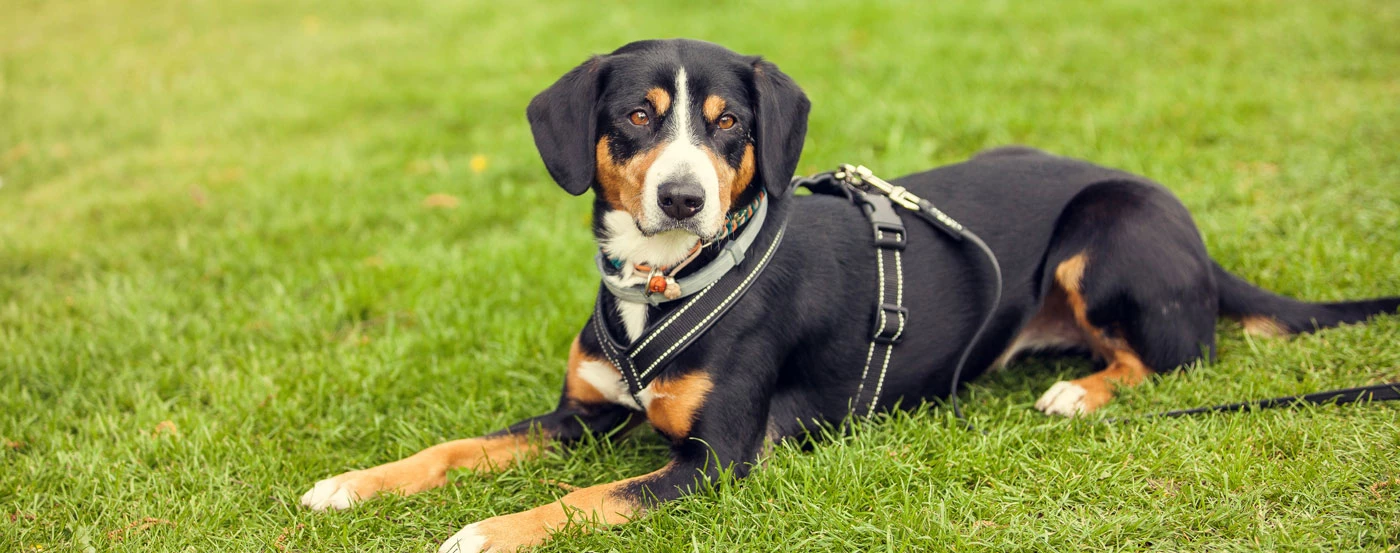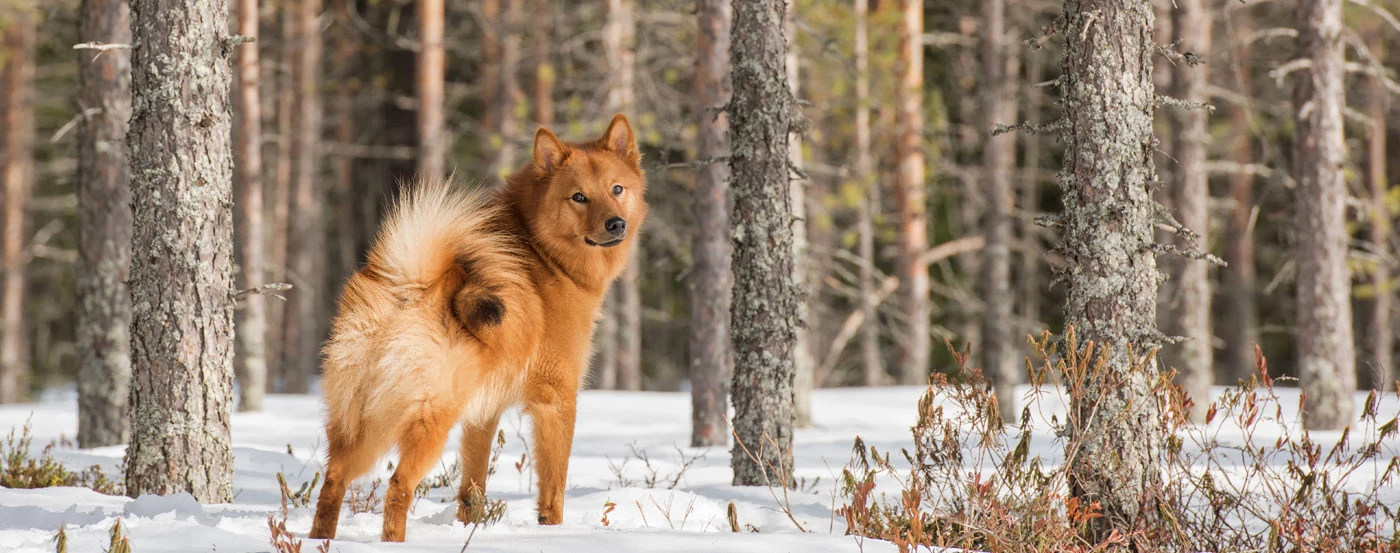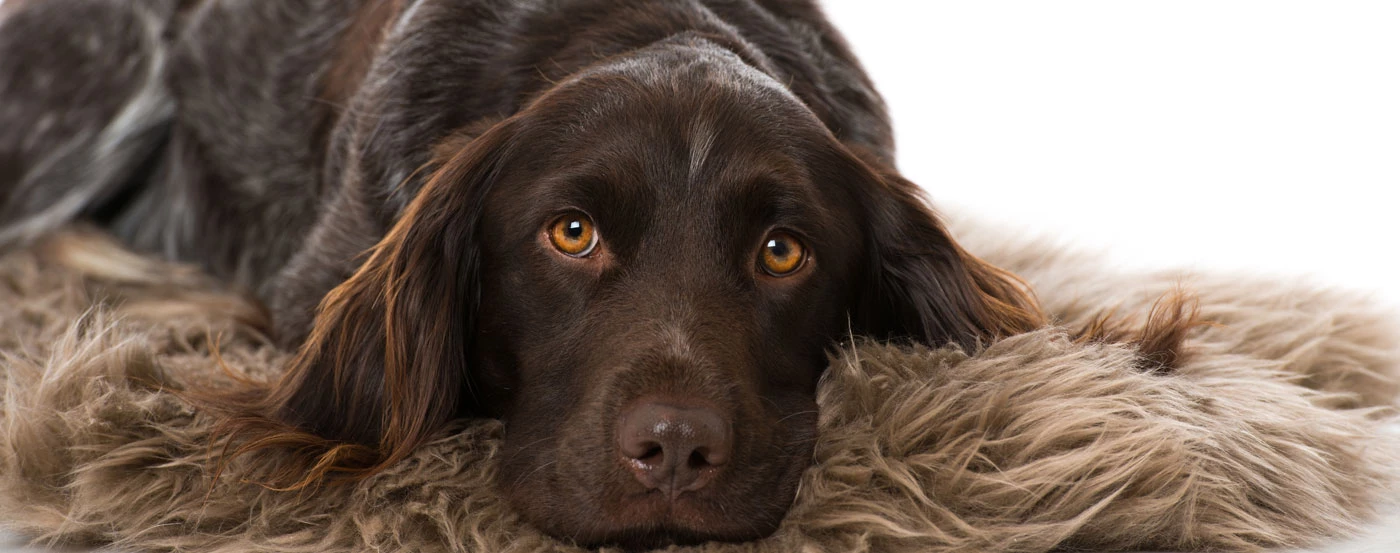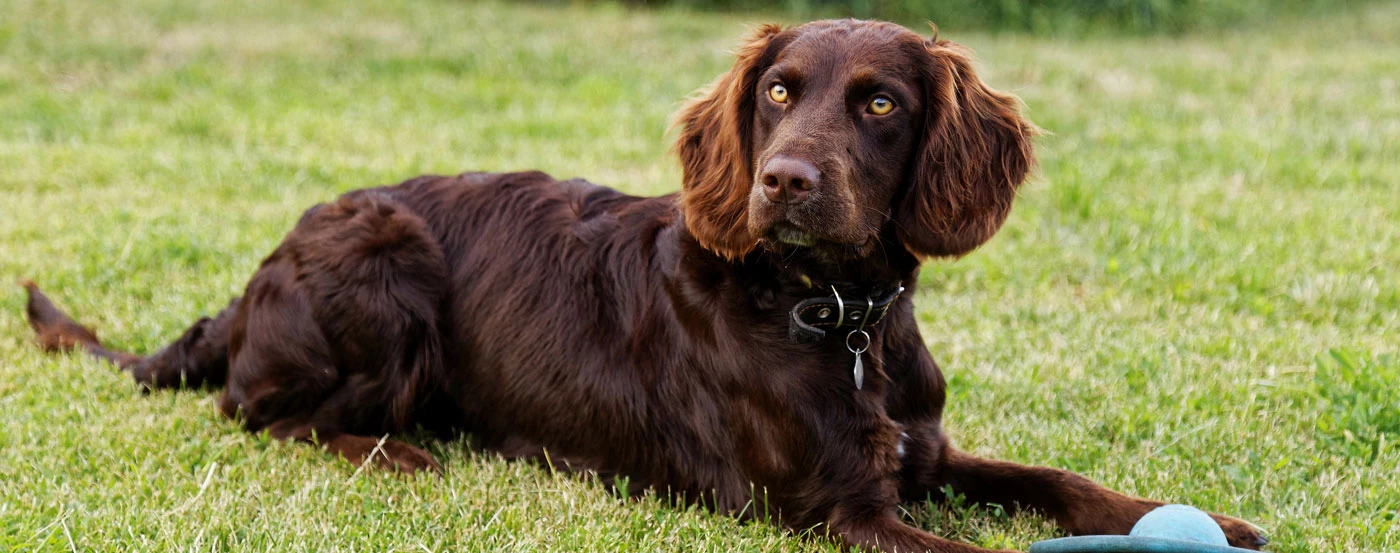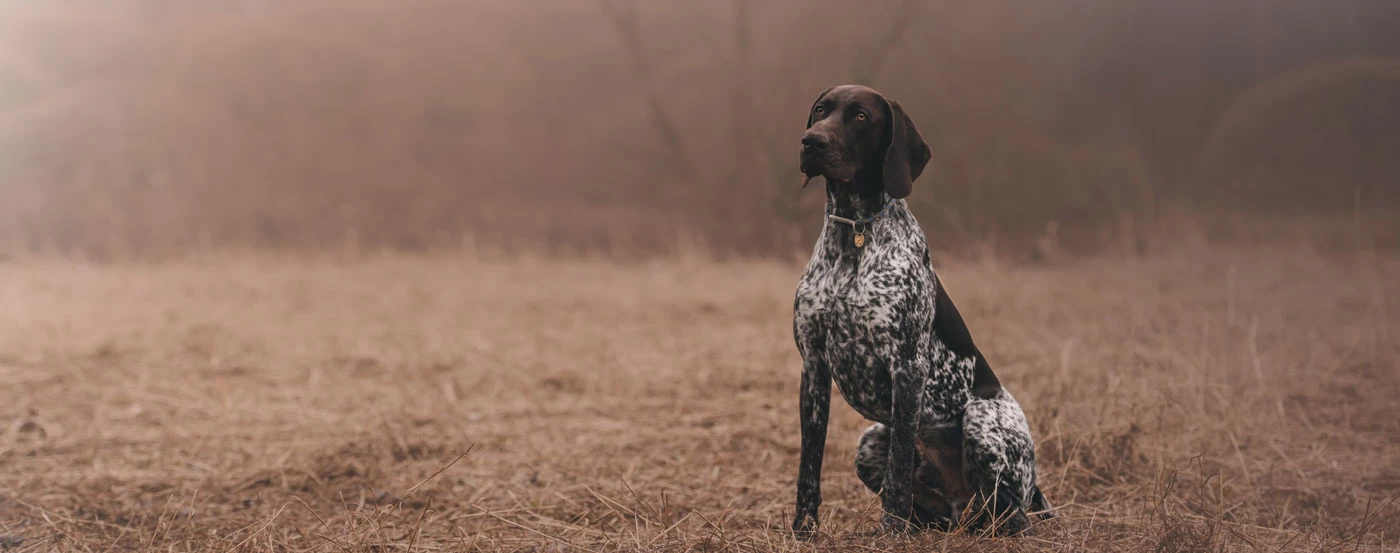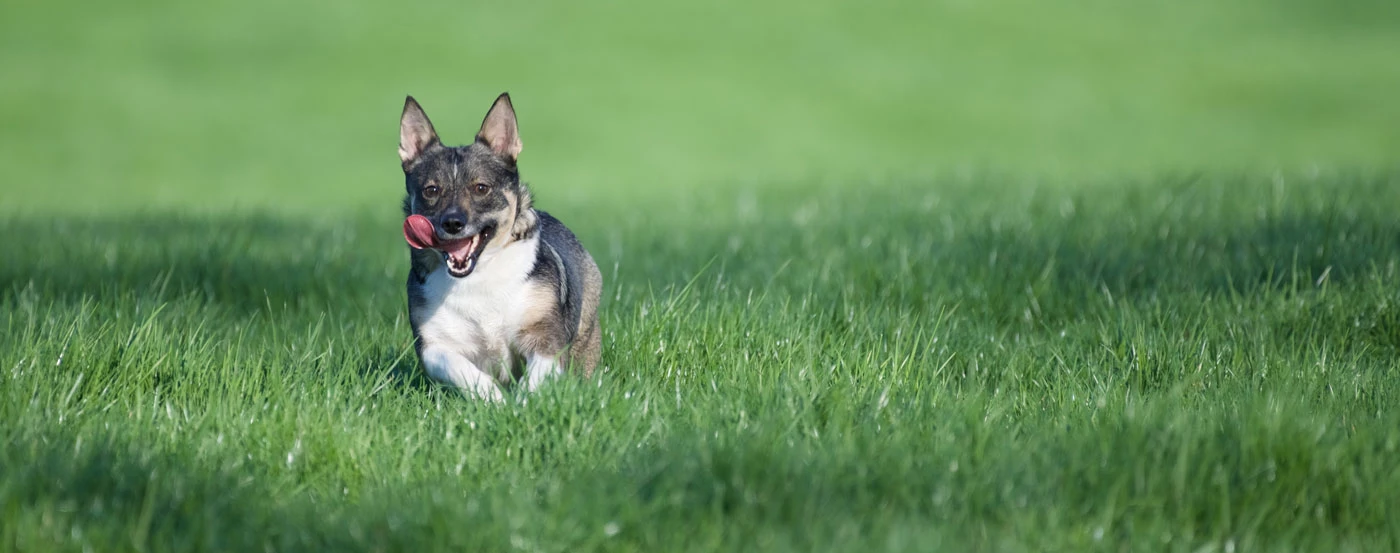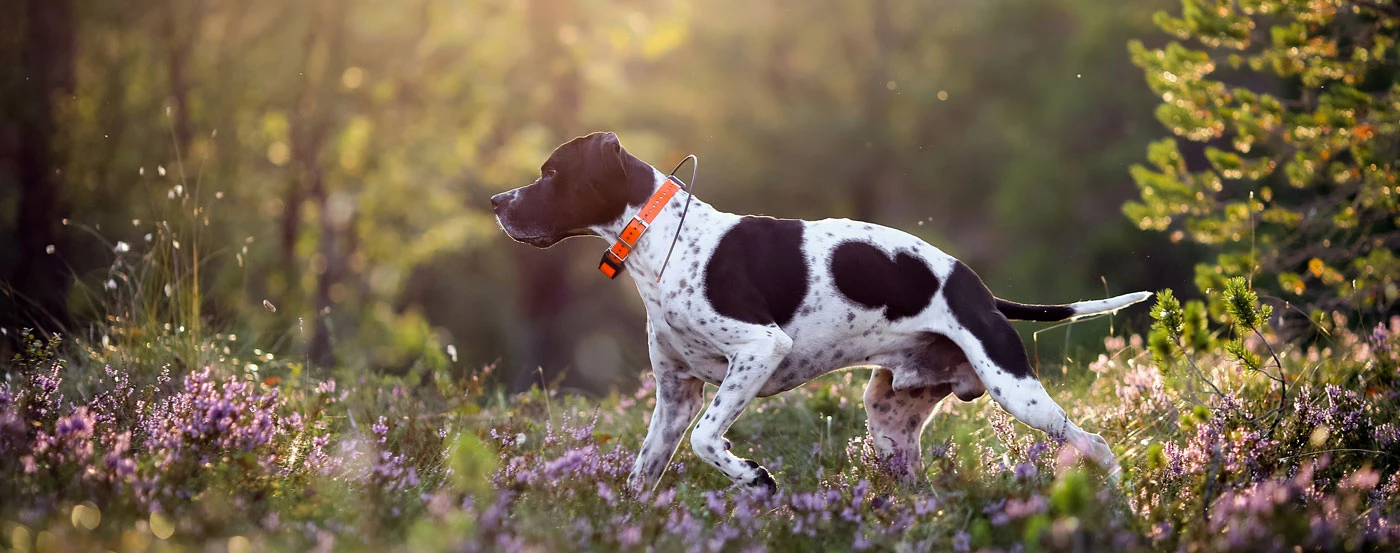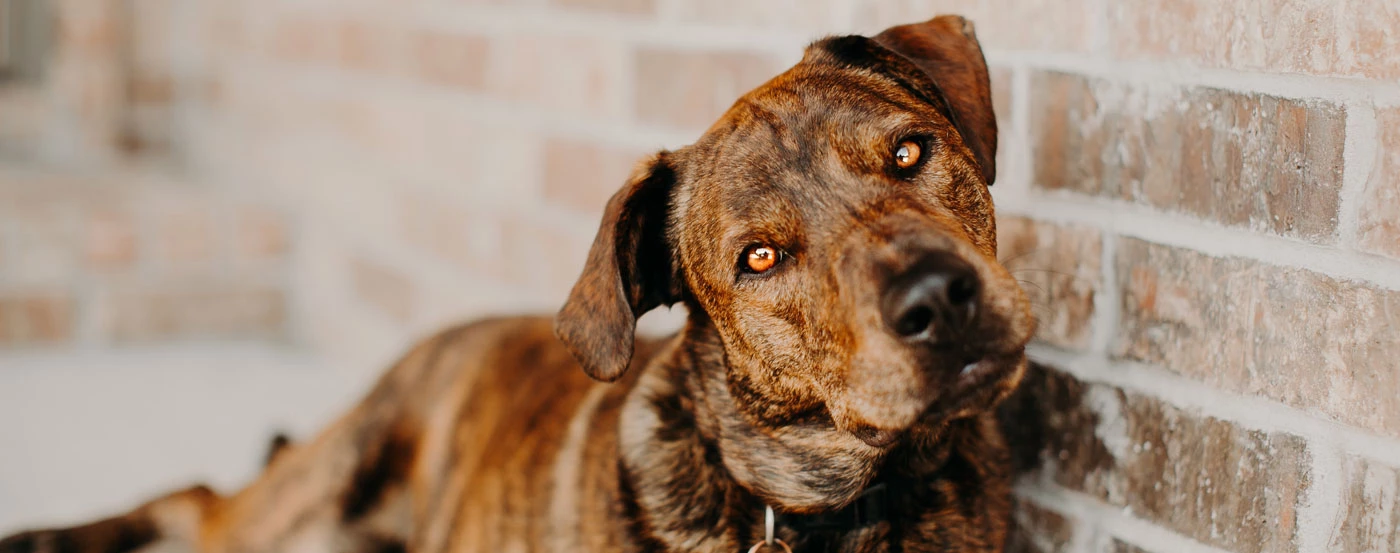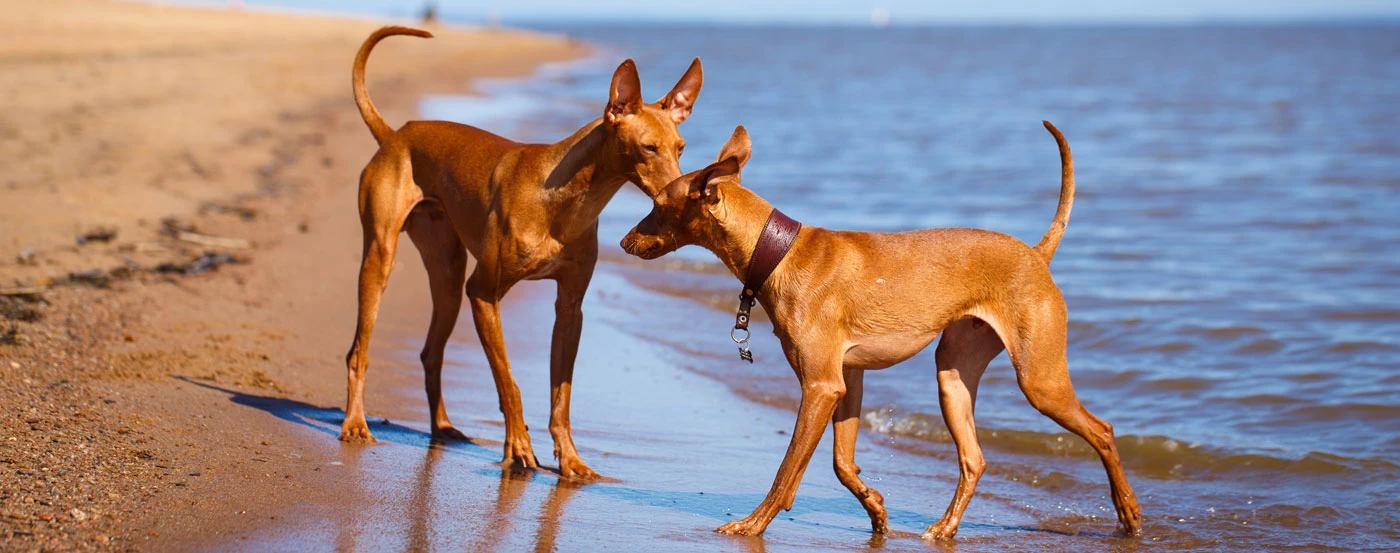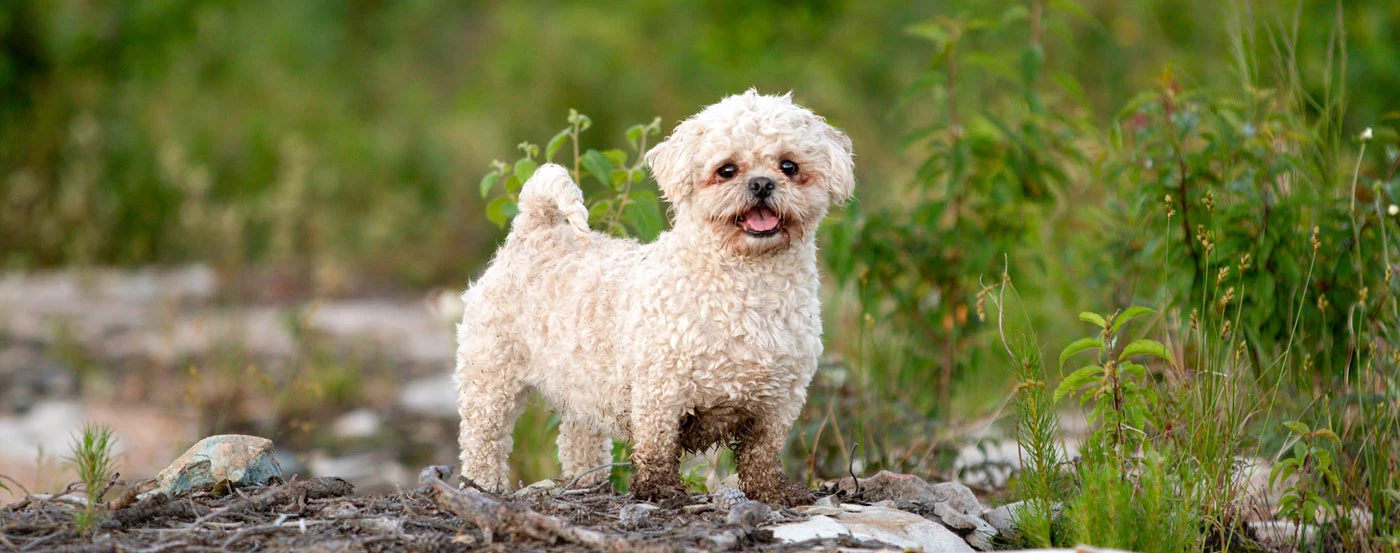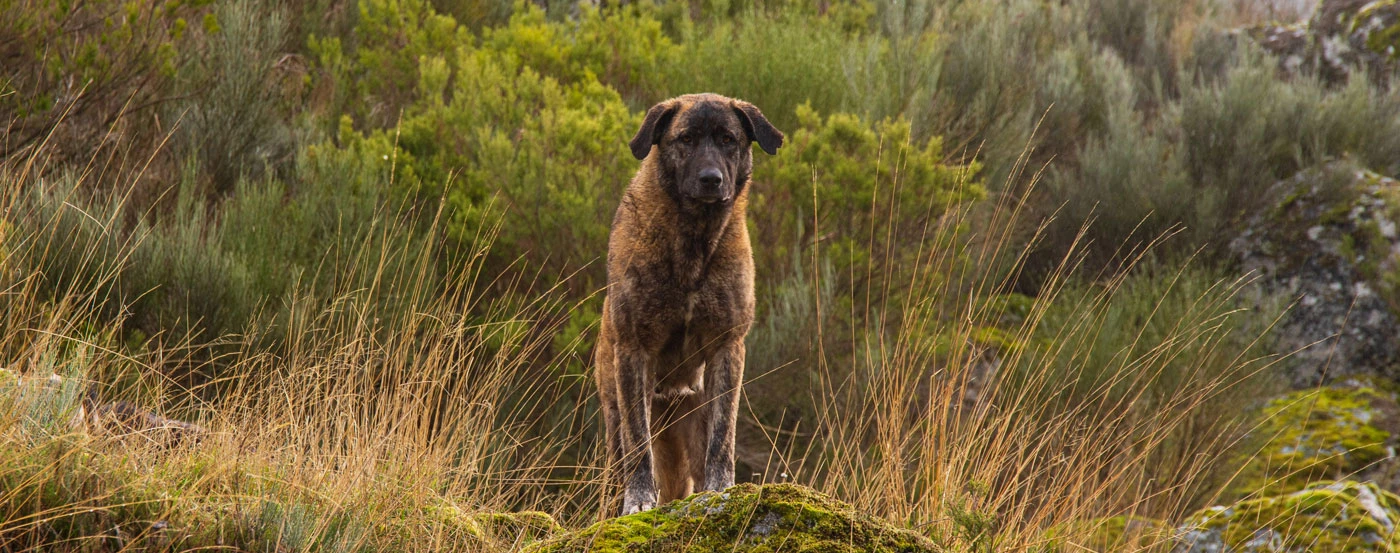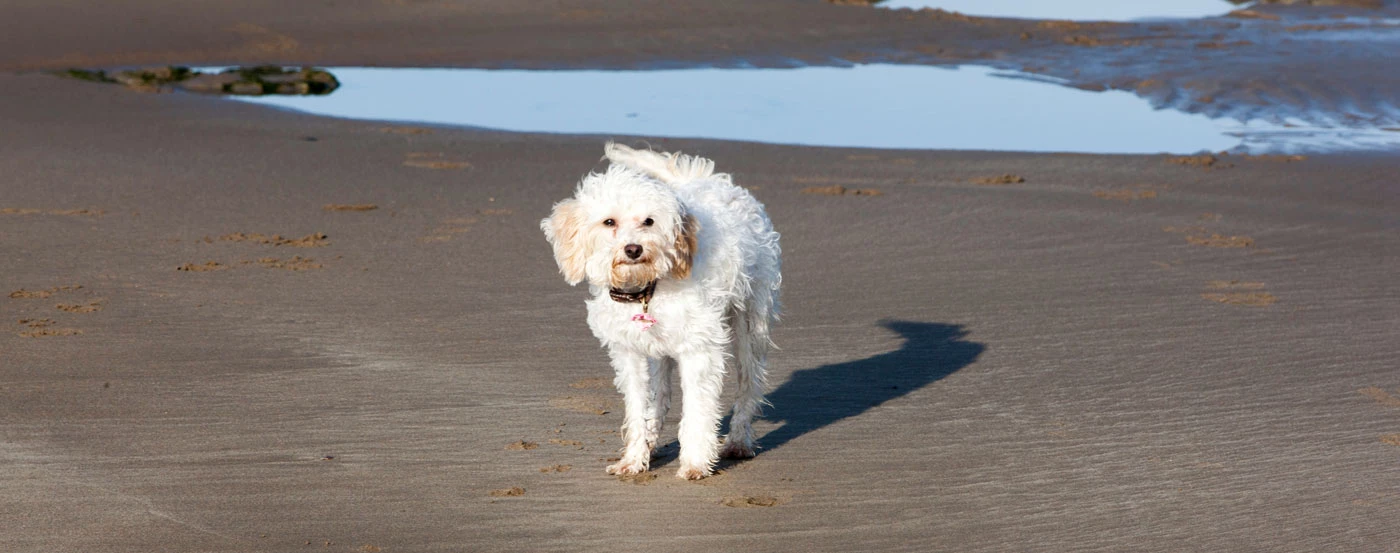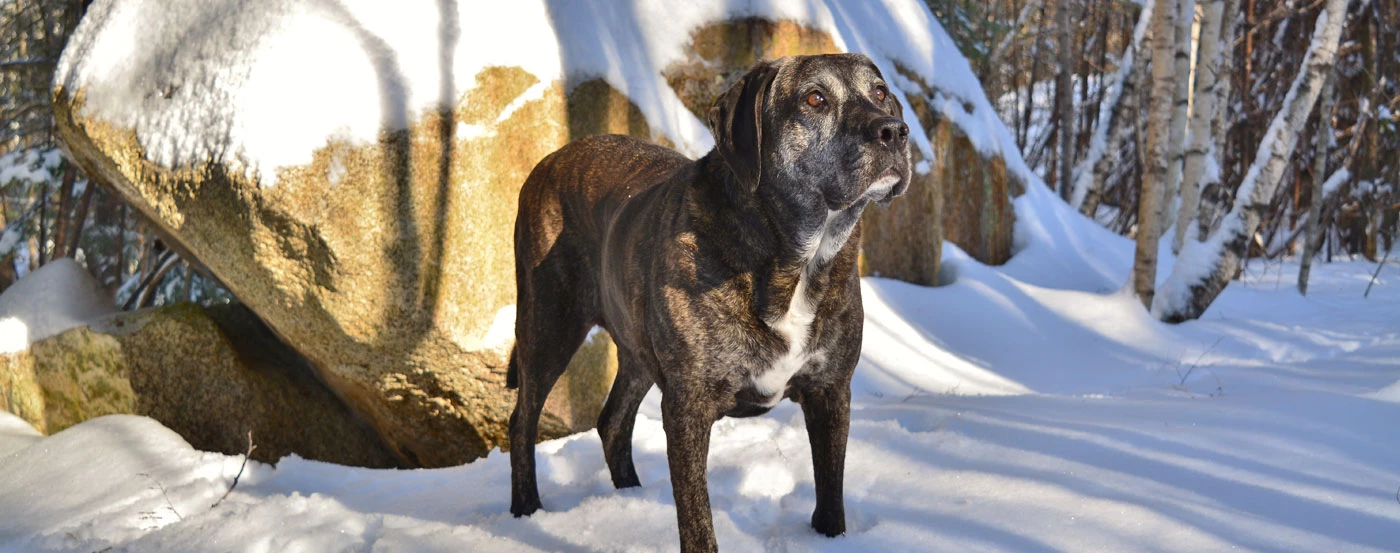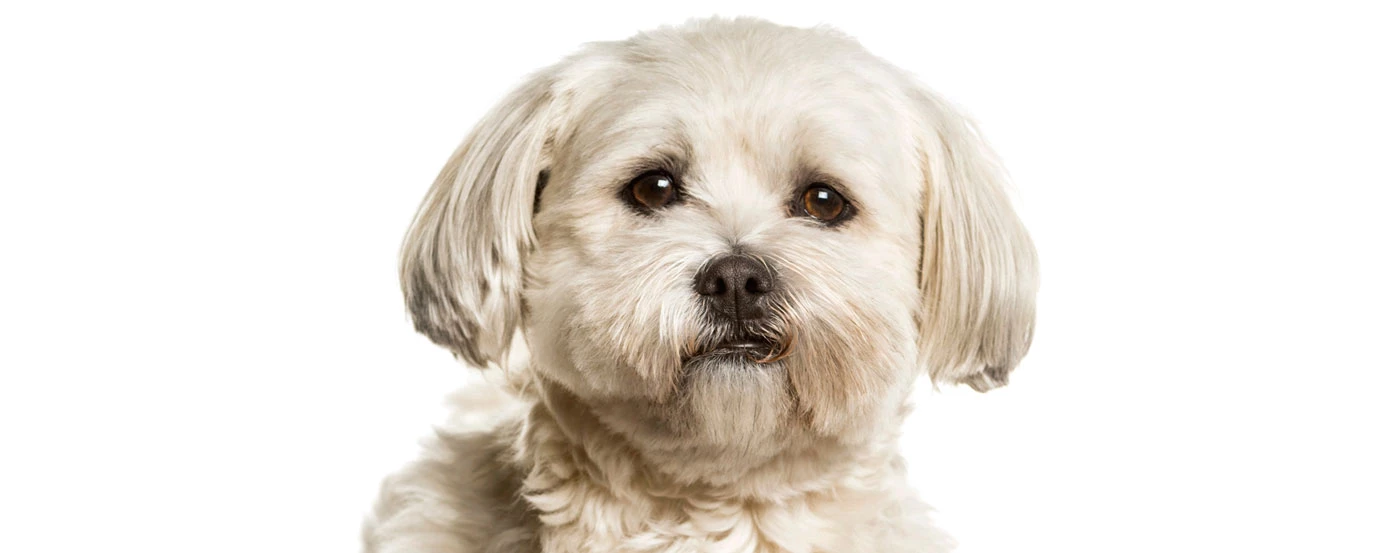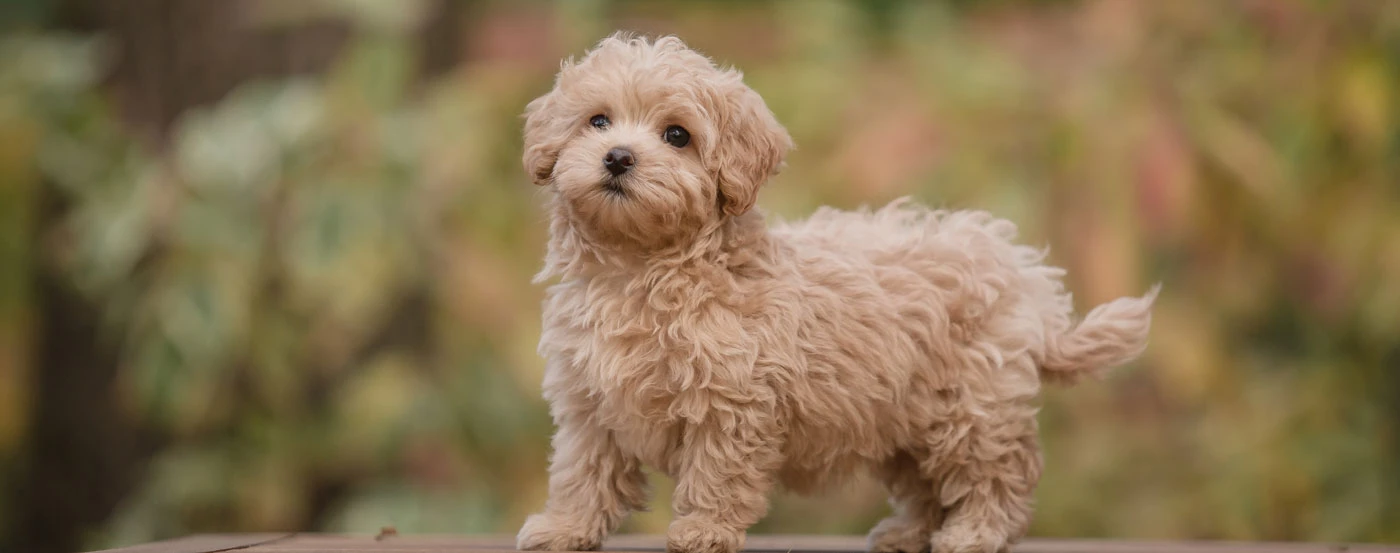About the Chesapeake Bay Retriever
The most rugged and charismatic of the retriever breeds is the Chesapeake Bay Retriever. They are loyal family dogs with a very protective nature who enjoy working, whether hunting, hiking, or playing.
However, potential owners must be aware of their quirks, and you can learn all you need to know about these endearing dogs in our breed guide.
Chesapeake Bay Retriever Gallery
What is the history & origin of the Chesapeake Bay Retriever?
The Chesapeake Bay Retriever originated from two Newfoundland puppies recovered from a shipwrecked English vessel off the coast of Maryland in 1807. Sailor, the red dog, finally moved to Governor Lloyd, where he was extensively bred, producing several renowned pups.
Canton, a black female dog, travelled to Sparrow Point's Doctor James Stewart and became well-known for her ability and offspring. Canton and Sailor were never bred together. Several breeds, including the Newfoundland, Irish Water Spaniel, and hounds, contributed to creating the Chesapeake Bay Retriever.
A canine with a thick, oily coat evolved, repelling water and protecting the dog from the cold. Waterfowl hunters in the area needed an athletic canine capable of retrieving their quarry from freezing waters while swimming.
The Chesapeake Bay Retriever, fondly known as America's Water Dog, possessed exceptional stamina, a broad chest that could cut through icy water, powerful swimming legs, and even webbed feet.
Who are Chesapeake Bay Retriever dogs best for?
The Chesapeake Bay Retriever is a devoted family dog, and they are often protective and tolerant of older kids. It's worth noting that Chessies react best to younger children when introduced to them while they're still puppies.
Despite their affection and natural fondness for children, experts believe that Chesapeake Bay Retrievers are often unsuitable for families with young children owing to their enormous size, energetic personality, and propensity to "mouth" tiny hands that get in the way. Therefore, this dog is frequently better suited for households with older children.
Early socialisation aids in the development of a dog's trust and loyalty, which, if handled with care and love, will endure a lifetime.
When properly trained, they are excellent therapy and service dogs since they are categorised as working dogs. Their intelligence makes them ideal working dogs for law enforcement and narcotics enforcement organisations.
How much grooming does a Chesapeake Bay Retriever need?
This is a dog breed that sheds modestly. Brush your dog once a week to remove loose hair and prevent matting. In the spring and autumn, you may notice an increase in shedding, which may need more regular brushing to maintain their coat and get rid of any loose hairs.
Because of its oily fur, this breed has a natural odour. Bathe your Chessie every two to three months, depending on how filthy it becomes. Check the nails once a month to see if they need to be trimmed.
Examine your family pet's ears for wax accumulation, residue, and redness at least once a week. After swimming or getting wet, thoroughly dry your dog's ears. Finally, clean your dog's teeth regularly.
Do Chesapeake Bay Retriever bark much?
Chessies are not known to bark excessively or to be very agitated. However, leaving them outside alone may drive them to bark due to boredom or loneliness, or it may expose them to sounds that cause them to bark.
Do Chesapeake Bay Retriever bite?
Chessies are unlikely to bite unless provoked or "protect" their owners. Early basic obedience training may replace their natural protective instincts with good behaviour.
What is the temperament & personality of a Chesapeake Bay Retriever?
The Chesapeake Bay Retriever is noted for its independence, affection, and commitment to its owners. Despite being relatively independent and strong-willed temperament, this breed enjoys playing and learning.
However, a concerning trait of the Chesapeake Bay Retriever is its natural predisposition to be very protective and extremely possessive of its owner. This breed is a superb guard dog, but its protective instincts may lead to hostility towards strangers, local dogs, and other animals.
Owners of Chesapeake Bay Retrievers should take extra precautions to minimise unwanted interactions while introducing their dogs to new animals or people. Failure to do so can result in severe harm or death to tiny animals.
What is the weight & size of a Chesapeake Bay Retriever?
Male Chessies typically stand between 58 and 66 cm tall and weigh between 30 and 36 kilos.
Female Chessies are smaller than males, standing between 53 and 61 centimetres tall and weighing between 25 and 32 kilos.
How much training does a Chesapeake Bay Retriever need?
Chesapeake Bay Retrievers are an exceptionally intelligent breed. Due to their tenacity and independence of thought, training and socialisation are vital for a well-mannered Chessie, preferably beginning at a young age.
It is essential to be persistent with their training to avoid undesirable habits from establishing since they may learn rapidly. Use only positive training techniques with this sensitive breed, as harsh punishments may lead it to shut down and refuse to learn.
Try introducing your dog to new people, other canines, and varied environments as early as possible. Positive experiences may assist in counteracting the breed's protective nature and make the dog comfortable among strangers.
The Chessie displays a difficult-to-break obstinate nature. To avoid undesirable behaviours from developing long-term habits, owners typically begin obedience training from a young age.
The Chessie is a breed that demands a substantial amount of daily activity due to its high level of vigour. This is partially attributed to its size and initial function as a hunting dog.
Failure to satisfy these fundamental activity needs may result in harmful behaviours from your Chessie, such as excessive chewing, persistent barking, or digging to amuse themselves.
What are some of the most common health issues for a Chesapeake Bay Retriever?
As with other big dog breeds, the Chesapeake Bay Retriever is prone to developing several joint and muscular health concerns as they get older. This breed is susceptible to hip dysplasia, elbow deformity, retinal atrophy, and cataracts.
Although a Chesapeake Bay Retriever is an active dog, owners should schedule regular veterinary exams to avoid (or postpone) the start of health problems. Early identification and treatment of numerous disorders will go a long way toward helping your dog live a long, happy, and healthy life.
Although Chesapeake Bay retrievers are usually a healthy breed, they are susceptible to the following inherited health conditions:
Hip dysplasia
Progressive retinal degeneration
Ear infections
Progressive myelopathy
Collapse due to physical exertion.
What is the lifespan of a Chesapeake Bay Retriever?
With the proper nutrition and sufficient exercise, Chesapeake Bay retrievers have a life expectancy of 10 to 13 years.
How much should you feed a Chesapeake Bay Retriever?
Chesapeake Bay Retrievers need around 2 to 2.5 cups of dry food per day, split into two meals. This quantity can be altered based on your dog's specific needs.
As with larger dog breeds, a dog's dietary needs vary widely depending on their weight, energy level, and age. Due to this, owners should collaborate with their veterinarian to design a feeding schedule that meets their dog's nutritional requirements.
What is the price of a Chesapeake Bay Retriever in Australia?
A Chesapeake Bay Retriever puppy from a reputable breeder usually costs between $1000 and $2,100, but a high-quality Chessie can cost more than $3,600.
The price depends on the breeder's age, gender, quality, lineage, and location.
Try to get your next family pet from a responsible breed club, a local dog group, or family and lifestyle breeders.
Pros
- Excellent swimmer
- Great watchdog abilities
- Steady-tempered and dependable
Cons
- Large exercise requirement
- Rowdy when young
- Mouthiness
